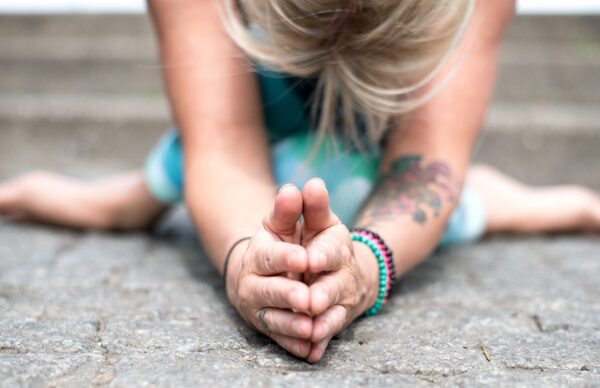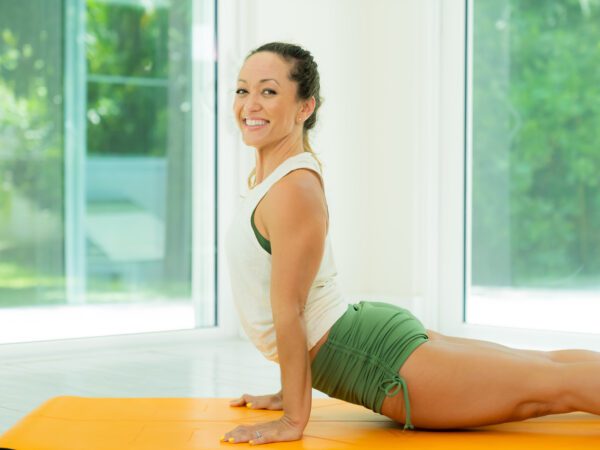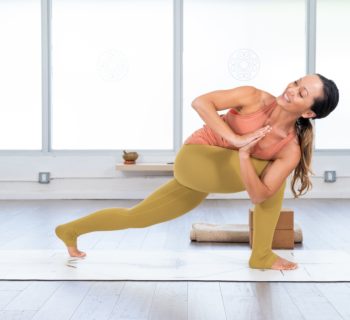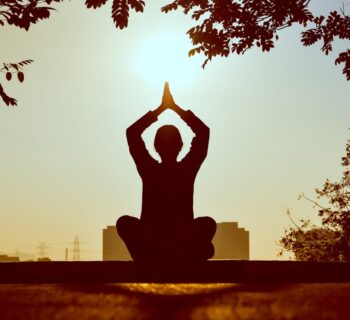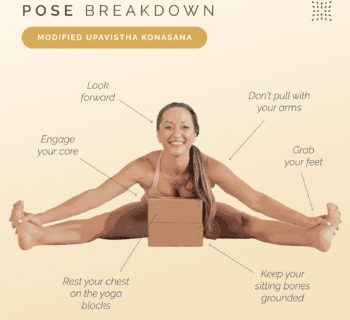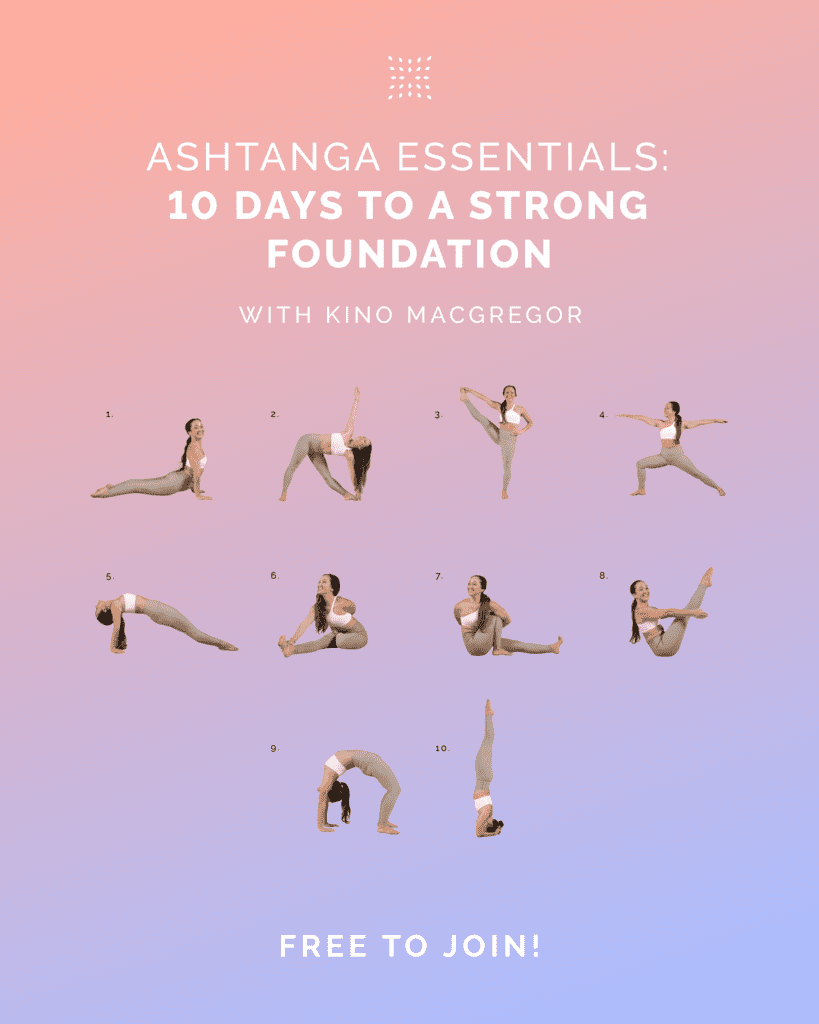Benefits of Yin Yoga
A practice that nourishes body, mind and emotions
Yin Yoga works deep. Not just on a physical level, but also mentally and emotionally. This practice may look quiet and passive from the outside, but inside, there’s a lot happening. From connective tissue to nervous system, from restless mind to emotional awareness, Yin supports your whole being.
“From physical release to emotional clarity and energetic balance, here’s how Yin supports your whole being.”
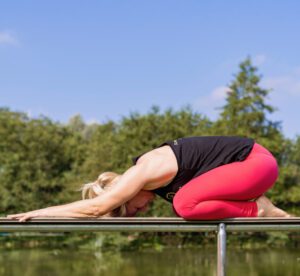 Physical Benefits
Physical Benefits
Yin Yoga is often called “the yoga of the joints,” because it targets the deeper connective tissues of the body: ligaments, fascia, tendons, and even cartilage. These tissues are less elastic and more sensitive to time and tension, which is why Yin’s long holds and passive poses are so effective.
What you can expect physically from Yin Yoga:
- Improves joint health and range of motion
- Gently stretches and strengthens connective tissues
- Supports sustainable flexibility
- Releases tension in hips, back, neck, and shoulders
- Calms the nervous system and supports digestion
- Stimulates chi flow through meridian lines
- Promotes graceful aging by keeping the body fluid and mobile
Yin works deeply in areas that often hold stress or become tight from sitting, standing, or moving through life at high speed. It’s particularly effective for hip opening, relieving lower back discomfort, and creating more space in the spine and shoulders.
Because Yin is rooted in Traditional Chinese Medicine, each pose also supports the body’s energy channels, the meridians, encouraging better organ function, more balanced energy, and a deeper sense of vitality.
“In Yin, we stress the tissues so they become stronger, not weaker. It’s gentle, but powerful.”
Emotional Benefits
Yin Yoga offers incredible physical benefits, but its impact goes much deeper. Beyond the body, Yin creates a safe and supportive space where emotions can surface, be understood, and be released.
Key emotional benefits include:
- Reduces stress and anxiety
- Builds emotional awareness
- Supports emotional release and energetic clearing
 Reduces Stress and Anxiety
Reduces Stress and Anxiety
Yin helps quiet the fight-or-flight response and shifts the body into a restorative, rest-and-digest state. As the breath slows down and stress hormones drop, the body begins to feel safe enough to release tension. With time and regular practice, this calmness extends beyond the mat.
Builds Emotional Awareness
Many of us move through life on autopilot, doing more, feeling less. Yin’s meditative stillness encourages you to pause and listen inward. You start to notice subtle shifts: how an emotion begins, where it lives in your body, how it changes as you stay with it. This awareness strengthens emotional intelligence.
Supports Release of Stagnant Energy
Emotions are energy. When they’re not expressed, they can settle into the body as tension or tightness, especially in the hips, chest, and shoulders. Yin’s long hold poses open and create space in the connective tissues, encouraging these stored energies to move and release.
This is why you might sometimes feel an unexpected wave of emotion; sadness, frustration, or even joy while in a posture. According to Traditional Chinese Medicine, this is the release of stagnant energy along the meridians. Yin helps you let go of what no longer serves you, leaving you lighter, freer, and more balanced.
“Sometimes the deepest release happens when we simply stay.”
Mental Benefits
Yin Yoga offers your mind what it rarely gets: a chance to slow down without pressure. No demands, no expectations, just time, breath, and space. And that’s exactly what allows clarity to rise.
How Yin supports your mental wellbeing:
- Quiets mental noise
- Breaks the cycle of overthinking
- Creates space for insight and perspective
- Helps you stay present, even when the mind resists
Quieting the Mind
Not every Yin practice feels calm. Some days, the mind is loud, messy, restless. Still , Yin works.
You don’t have to force yourself into some perfect meditative state. You just have to be there, exactly as you are. Observe. Breathe. Let things settle in their own time.
Breaking the Cycle of Overthinking
We live in our heads a lot. Yin gives you a chance to notice that, not to fix it, but to simply create space around it. Just the act of noticing brings you out of autopilot and back into the moment.
Creating Mental Clarity
When the body is still, the mind starts to settle. Not always right away, and not always completely. But often enough to make a difference.
Yin creates the environment for insight to rise.
A Path into Meditation
Yin can be a bridge to meditation, especially if sitting in stillness feels impossible. The practice itself becomes a meditation, or a ‘warm-up’ toward meditation. Some people see their yin practice as an extension of their meditation practice. There’s not one right way. Whether your mind feels busy, blank, or somewhere in between, Yin teaches you to stay with what is.
“Yin Yoga harmonizes the flow of chi in the body.”
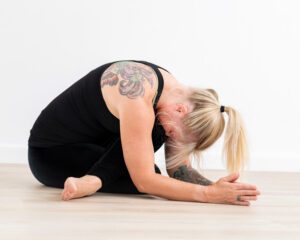
The Energetic Body
Balancing the body’s subtle energy system
Besides its physical, emotional, and mental effects, Yin Yoga also works on a more subtle level: the energetic body. Rooted in the wisdom of Traditional Chinese Medicine (TCM), Yin is designed to stimulate the meridian lines; energetic pathways that run through the connective tissue, influencing the health of our organs, emotions, and overall vitality.
This is where Yin becomes more than a stretch: it becomes a practice of deep, energetic balance.
How Yin supports your energetic system:
- Stimulates chi (life force) flow through the meridian network
- Balances the five elements within the body
- Supports the organ systems on a deeper level
- Creates space for emotional energy to move and release
Stimulating the Flow of Chi
In Chinese medicine, energy or chi (qi) , flows through the body along invisible lines called meridians. These lines correspond with our organs and emotions. When chi becomes blocked or depleted, we may feel low in energy, emotionally stuck, or physically unwell.
Yin Yoga postures are specifically designed to target these meridian lines. Through long-held, passive shapes that gently stress the connective tissue, Yin helps stimulate energy flow, like acupuncture without needles.
“Yin Yoga is like acupuncture from the inside out. Using your breath, your awareness, and your body to open energetic pathways and come back into balance.”
Balancing the Five Elements
According to TCM, the body is governed by five elements : water, wood, fire, earth, and metal. Each connected to certain organs, meridians, seasons, and emotional states.
- Water — Kidneys & Bladder: fear, willpower
- Wood — Liver & Gallbladder: anger, growth
- Fire — Heart & Small Intestine: joy, passion
- Earth — Spleen & Stomach: worry, grounding
- Metal — Lungs & Large Intestine: grief, letting go
Yin Yoga creates the conditions to restore balance between these elements, especially when you practice with seasonal intention or focus on specific meridian pairs. You may not always be aware of it, but energetically, your body is recalibrating. One breath at a time.
Supporting the organs through meridian work
Each Yin pose applies gentle pressure or stretch to different parts of the body, indirectly stimulating the internal organs associated with those areas.
For example:
- Butterfly pose activates the Kidney meridian
- Twists stimulate the Liver and Gallbladder
- Melting Heart supports the Lung meridian
This energetic stimulation helps keep your organs healthy and responsive, improving not only your physical wellbeing but also your emotional resilience, digestion, immune function, and more.
Moving and Releasing Stagnant Energy
Energy is always moving , or at least, it should be. When we push emotions down, avoid rest, or live in a constant state of tension, our energy becomes stagnant. Yin helps you reconnect to those stuck places.
By holding a posture long enough, tension starts to melt . Both physically and energetically. Sometimes this means a release of emotion. Other times it just feels like a wave of relief, a softness, a shift.
This is why Yin is often described as energetic hygiene. A way to release what’s no longer needed and make space for flow, lightness, and clarity.

What to Expect in a Yin Class
A slow, supportive space to feel, breathe and soften
Stepping into a Yin class feels different.
The lights are softer. Maybe a candles here and there. A subtle scent of essential oils might fill the room. The atmosphere is calm, inviting, no rushing. Even before the first pose, your nervous system is already starting to slow down.
Your teacher will guide you gently and patiently, with plenty of space to arrive, both in the room and in your body. You might hear soft music, or nothing at all. Everything is set up to help you feel safe, supported, and at ease.
You’ll never be rushed in a Yin class.
The Structure of a Yin Class
A typical Yin class begins with a moment of stillness, often lying or sitting down, simply noticing the breath and arriving in your body. From there, you’ll move into a series of long hold, floor-based postures.
Most poses are done lying or seated, with time in between to observe what you’ve just experienced.
Expect to hold each pose for 3 to 5 minutes (sometimes longer), giving your body the time it needs to soften into the deeper connective tissues.
Between the poses, there’s a moment of pause, a rebound, where you lie still and simply feel. This is where you observe the residue of the pose: physically, mentally, emotionally. Nothing to do, nothing to change, just observe whatever comes up.
Expect a nice long Savasana, to truly release everything that has come to the surface to go home refreshed, relaxed & nourished.
Props, Support, and Softening
Yin is not about pushing or stretching to the max. It’s about finding the right level of support so your body can let go.
That’s why props are essential: bolsters, blocks, blankets, pillows. Anything that helps you feel held and supported. To increase or decrease the sensations.
When your body is supported, your muscles can fully relax. And when your muscles relax, you can begin to access the deeper layers of connective tissue where Yin truly works.
In Yin, we work with gravity, not against it. We move slowly, soften continuously, and let the earth help carry our weight.
“It’s not just about the pose. It’s about inviting stillness from the inside out.”
Tips for Beginners
Start slow, stay curious, and let stillness do the work
Yin Yoga might look soft and gentle from the outside. Long-holds, low lighting, not a lot of movement…but don’t let that fool you.
This practice may look simple, but it can be surprisingly intense. Physically. Mentally. Emotionally.
Yin is absolutely beginner-friendly, but that doesn’t mean it’s always easy.
Simple ≠ Easy
Yin Yoga asks something different than most other styles. Instead of moving, you stay. Instead of effort, you soften. Instead of pushing forward, you pause and listen.
And that can be confronting. In stillness, you meet yourself. That’s what makes Yin so powerful — and also why it can feel so confronting at first.
Choose your Teacher wisely
If you’re new to Yin Yoga, try to start with a teacher who really understands the practice. Not just the shapes, but the energetic and emotional depth behind them.
A skilled teacher will guide you slowly, help you understand how to use props, and remind you that you don’t need to force anything. Yin is not about doing more , it’s about feeling more.
Less is More
You don’t have to go to your “deepest” expression of a pose. In fact, you shouldn’t.
Yin is about finding your edge, that sweet spot where you feel sensation, but you can stay, breathe, and soften. If you’re forcing, fidgeting, or holding your breath, you’ve gone too far. Back off, adjust, or grab an extra prop.
Yin works best when your body feels supported enough to let go.
Be Patient
Stillness is not easy for most of us. Your thoughts may race. Your body might resist. You might feel like doing something , anything , just to get out of the pose. That’s all part of the practice.
Don’t try to be perfect. Don’t try to perform. Just stay curious. Your job is not to “nail” a pose. Your job is to notice what shows up and to stay with it.
Consistency over Intensity
One class can already feel deeply nourishing. But the real magic of Yin happens over time.
The more regularly you show up, the more your body opens, your mind softens, and stillness starts to feel like home. And it doesn’t have to be a full hour. Even 20 to 30 minute practices, once or twice a week, can make a real difference.
“Less doing, more feeling: that’s where the transformation begins.”
Quick tips for your first Yin class:
- Bring layers: Your body will cool down during the long holds. A sweater, warm socks, or a blanket can make all the difference.
- Use props generously: Bolsters, blocks, cushions.. they’ll help you relax.
- No pain allowed: Tingling, sharpness, or pinching? That’s a sign to adjust or back off.
- Discomfort is okay, suffering is not: You want sensation, not strain.
- Breathe through it: If your mind drifts, gently come back to your breath.
- No comparing: Your pose doesn’t have to look like anyone else’s.
- Trust the pause: The quiet moment after a pose (the rebound) is where your body integrates the work.
- Start small: One nourishing Yin class per week is more powerful than five you can’t sustain.Curious about Yin Yoga? Join Vanessa every Sunday at 1pm EST, for Yin Bliss to embody the practice.


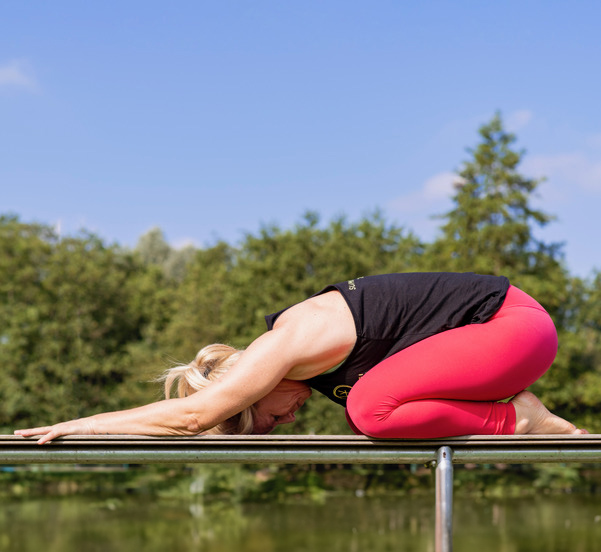
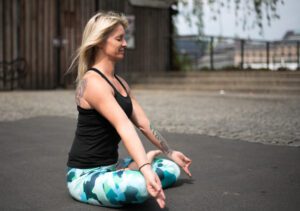 Reduces Stress and Anxiety
Reduces Stress and Anxiety